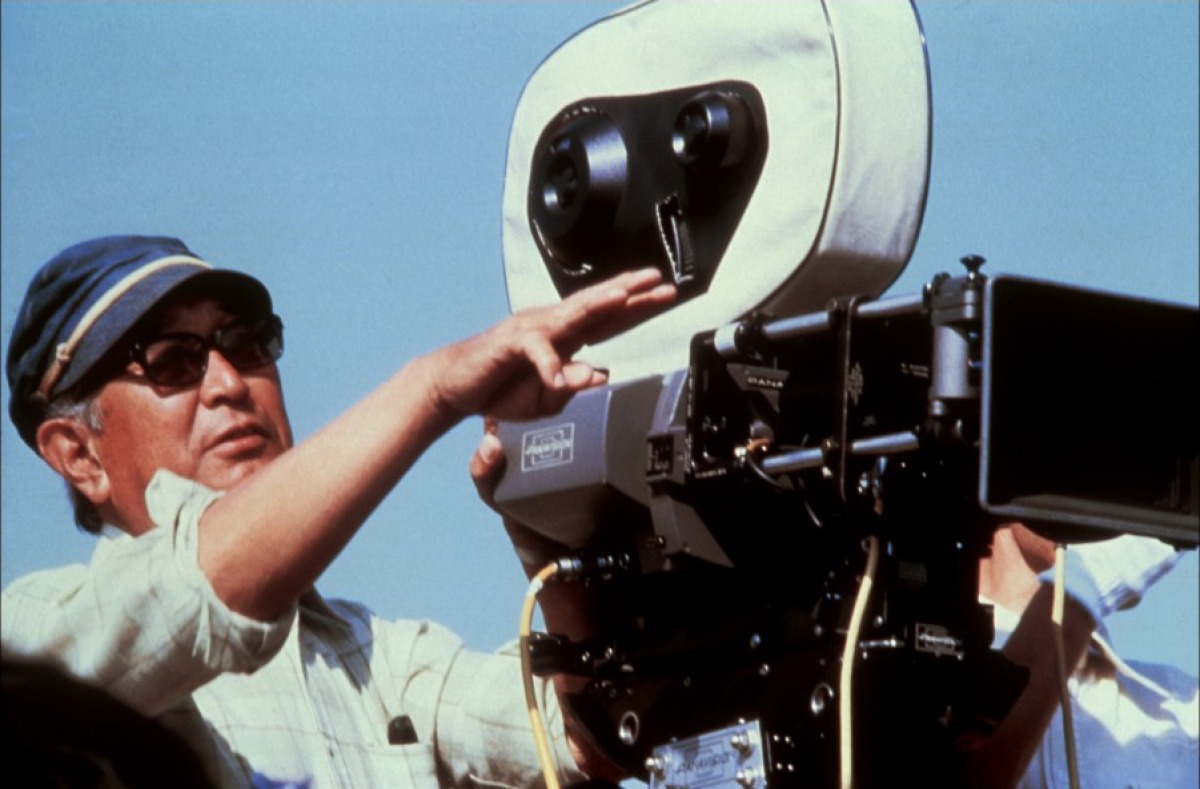
Japan has been one of the leading pioneers of cinema since the silent age. Throughout this century of filmmaking, Japan has produced, not only some of the greatest films of all time, but some of the most influential and visionary directors to ever make movies.
Along with early filmmakers from around the world, Japanese auteurs helped develop the narrative, visual style, special effects and much more about film that is still used today. As the years went on, Japanese cinema continued to revolutionize the medium, introducing new styles and techniques continuously, never leaving the front of the international film scene.
One of the most iconic genres of Japanese cinema is the historical period piece, set in feudal Japan. Much of these films were focused on samurai and their exploits, but there were also many historical dramas about the troubled lives of peasants and geishas. There were also many great films set in modern times, including crime films about the Yakuza and emotional pieces about the social climate of Japan.
One of the most influential additions to film by Japan is the introduction of the anime cartoon style which has provided a new breath of life to the animation genre. Excelling in the creation of all genres over the century that film has been around, these following Japanese directors are some of the most important voices in cinema history.
25. Hirokazu Koreeda (1962 – present)
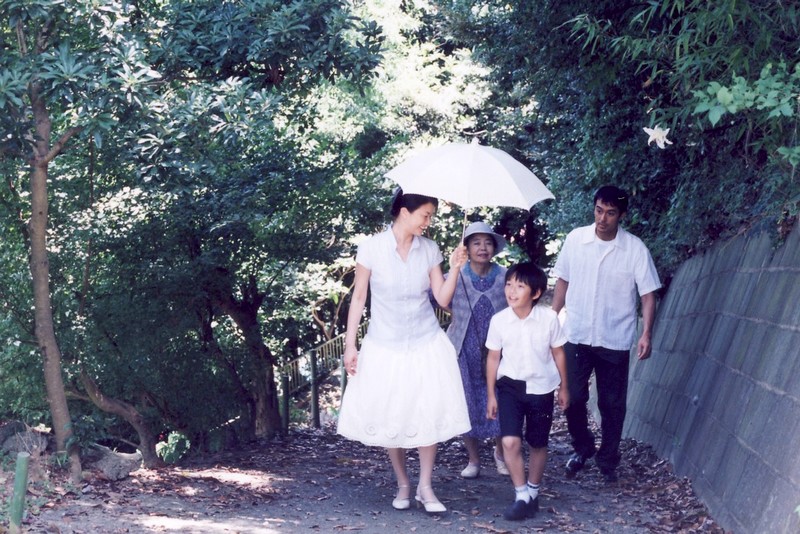
This list starts out with Hirokazu Koreeda, one of the great modern directors of Japanese cinema. Since his first feature film in 1995, Koreeda has built his reputation on his meditative dramas, focusing on spirituality and cultural relations, winning many awards internationally and becoming a face for the newest wave of Japanese directors.
After getting his start making some documentary films, Koreeda’s first major film Maborosi attracted critical attention with comparisons being made to greats like Ozu and Mizoguchi.
Koreeda’s career continued and his films persisted in their slow, but meaningful style. One of his biggest hits was a film called After Life about a group of dead souls waiting in purgatory. Another critical success of his was his film Still Walking which follows a family grieving over their recently deceased family member.
Koreeda is still an evolving filmmaker, his films coming out continuously and his style still changing. Although what he is trying is not necessarily new, and the subject matter is not all that different from the subjects of some of the great Japanese masters, his technique and form is brilliant and his films are very emotionally engaging.
24. Toshio Matsumoto (1932 – present)
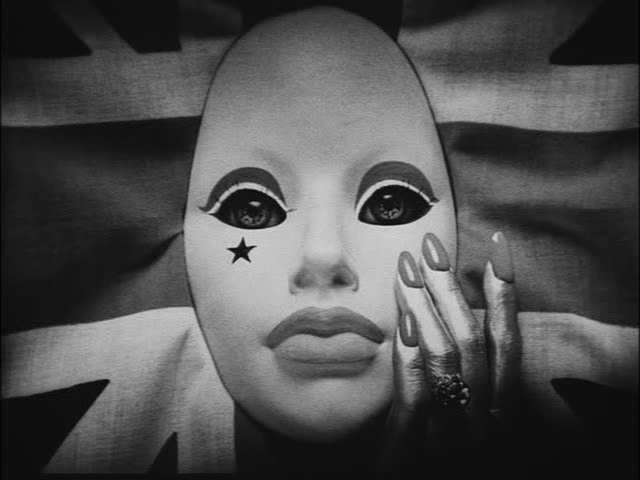
Although visionary artist Toshio Matsumoto has only directed four feature films his influence in world cinema was huge and his psychedelic projects were among the most wild ever made.
In addition to his four films, Matsumoto has contributed much more to the world of the Japanese arts. He has filmed over 30 experimental shorts throughout his career, testing the limits of the medium. Matsumoto has also been very productive in other facets of art as well, writing plays and creating many multi-media art pieces.
His most famous film is the cult classic Funeral Parade of Roses. Loosely adapted from the Greek tragedy “Oedipus Rex”, Matsumoto’s films focuses on the gay culture in Japan at the time.
The androgynous Japanese actor known as Peter plays the main role of Eddie, a transvestite who wishes to get to the top of the nightlife scene. The film is probably best remembered for reportedly being a strong influence on Stanley Kubrick for his film A Clockwork Orange. Another notable film of Matsumoto is the samurai horror film Demons.
23. Shinji Aoyama (1964 – present)
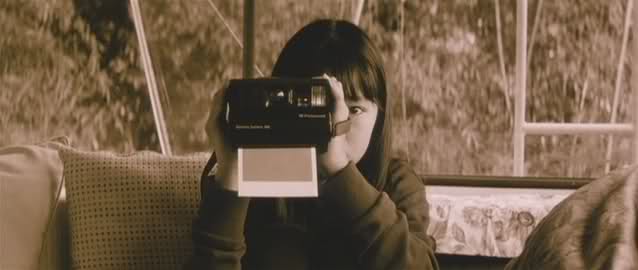
Another modern director of Japan, Shinji Aoyama has made a name for himself internationally with his original and dynamic films. Being interested in cinema from an early age, Aoyama’s cinephilic love of films started him on the path of directing, making short films and soon he made the transition to feature length movies.
After a few films that failed to make much of a reputation, Aoyama made his masterpiece. His 2000 film Eureka was an international sensation and cemented his name as a leading cinematic mind of his generation. The film, which clocks in at three hours and forty minutes, follows three victims of a violent hijacking as their life and mental states deteriorate around them.
Although none of Aoyama’s films to follow have reached the same level of acclaim as the behemoth of Eureka, many of his projects are still very notable. His next films, Desert Moon and Lakeside Murder Case were much more accessible projects, continuing his legacy.
He has continued to put out consistent films, even if they have fallen out of the public eye somewhat. Still, his recent films like Tokyo Park and The Backwater show Aoyama’s brilliant directorial vision and his continued contributions to the medium.
22. Keisuke Kinoshita (1912 – 1998)
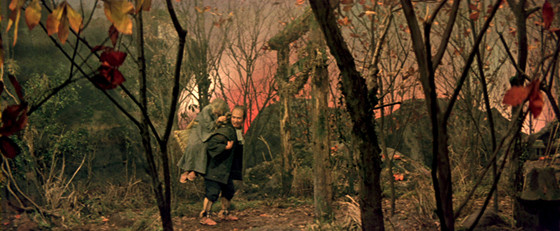
A peer and friend to many of the more famous Japanese auteurs such as Akira Kurosawa, Keisuke Kinoshita was a key figure in the development of the national film scene but received very little of the recognition. Kinoshita was also one of the most prolific filmmakers of his time and in his first two decades as a director put out over 40 feature films.
While many of these are either lost or forgotten, Kinoshita had several great successes that lasted the test of time. One of these was his early wartime drama Army starring acting great Chishu Ryu which gained fame due to its controversial depiction of grieving mothers of soldiers, an image that the war department did not like.
Kinoshita had the fortune of directing the first Japanese color film, Carmen Comes Home, in 1951. Another critically acclaimed film of his career was Twenty-Four Eyes, the story of a young schoolteacher and her career of teaching during the rise of the nationalist movement in the early 20th century.
The most renowned film of Kinoshita, however, is probably his adaptation of the classic story The Ballad of Narayama, told with influences of both realism and the styles of the kabuki theater. Kinoshita legacy did not hold strong unfortunately but his body of work was no doubt key in the development of the country’s cinema.
21. Yoshishige Yoshida (1933 – Present)
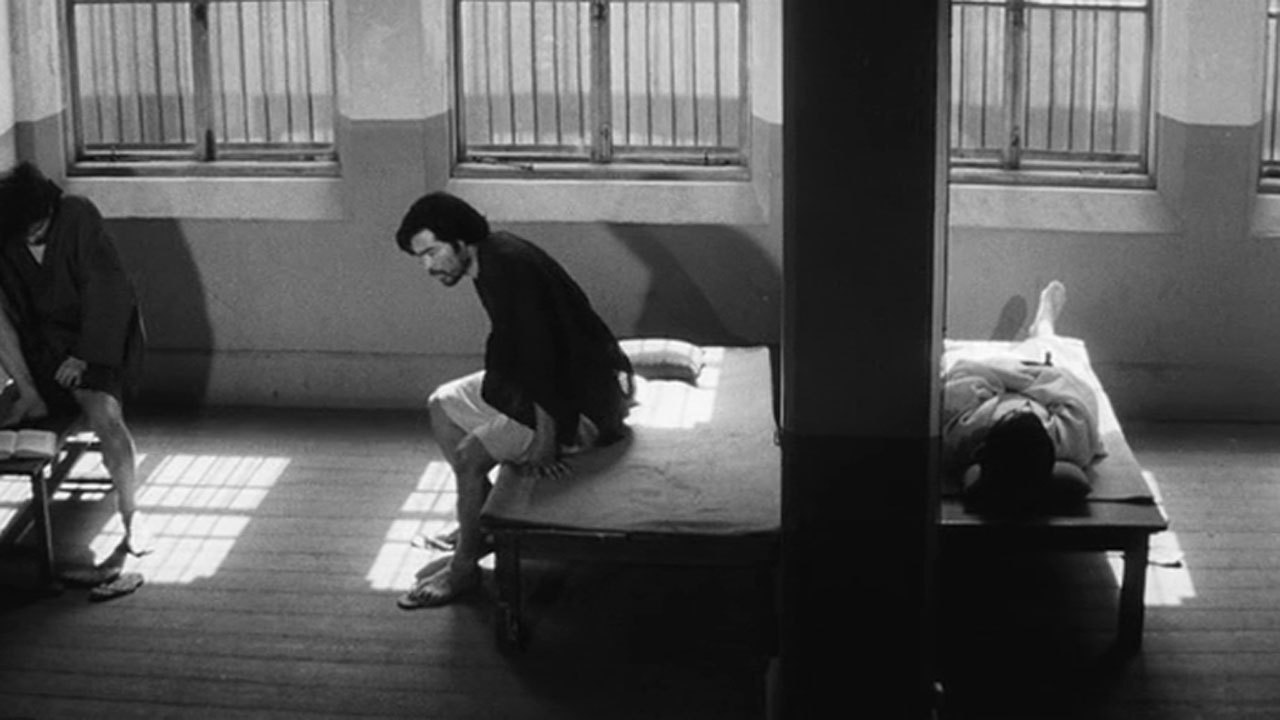
Yoshishige Yoshida was one of the leading of voices of the so called “Japanese New Wave” during the 1960s and 70s. Directors like Yoshida wanted to explore new territories and topics that weren’t typically focused on in the Japanese studio films, leading them to create the world of Japanese independent film.
Yoshida’s greatest films mostly made during the period after he worked for the iconic studio Shochiku, which he produced under his own company. Although today his films are not as popular as many of his contemporaries, he was an important director during his time.
Of his early filmography, few films are very notable, except the post-war drama Akitsu Springs. Yoshida’s fame and popularity is mostly due to his exceptional trio of radical New Wave films: Eros + Massacre, Heroic Purgatory and Coup d’Etat. Eros + Massacre in particular became one of the landmark films of the burgeoning genre, featuring the powerful story of the life of anarchist Sakae Osugi.
Of his later works, some of his other notable films include A Promise and a retelling of the classic novel by Emily Bronte, Wuthering Heights. Also a writer of film theory and philosophy, Yoshishige Yoshida is one of the most overlooked Japanese filmmakers of his time.
20. Kaneto Shindo (1912 – 2012)
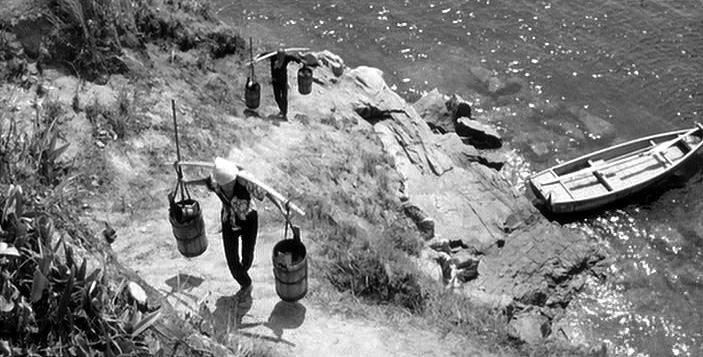
An iconic and greatly skilled director, Kaneto Shindo made his mark on Japanese cinema with almost 50 directorial credits and over 150 scripts. At his start in the film business, Shindo worked as an assistant to the great Kenji Mizoguchi and continued in the industry as a scriptwriter for the next two decades, writing for some of the greatest directors of the time.
He did not make his directorial debut until 1951 with the autobiographical film Story of a Beloved Wife and the next year he caught the attention of the film war with his riveting drama Children of Hiroshima which was very controversial as it was one of the first Japanese films to approach the subject of the atomic bomb.
Over the next half century until Shindo’s death in 2012 at the age of 100, he maintained a vocal career in the movie business. Some of his most notable films include The Naked Island, a film about humans’ struggle against nature, and two Japanese horror classics, Onibaba and Kuroneko. Shindo’s films also became famous for their more forward approach to sexuality which was especially shocking in his early career.
The last film that Shindo directed was Postcard, a movie that focused on the families of soldiers in World War II. Throughout his career, Shindo was never a critical darling or an enormous popular success but his contributions to the genre will never be forgotten by his peers and admirers.
19. Kinji Fukasaku (1930 – 2003)
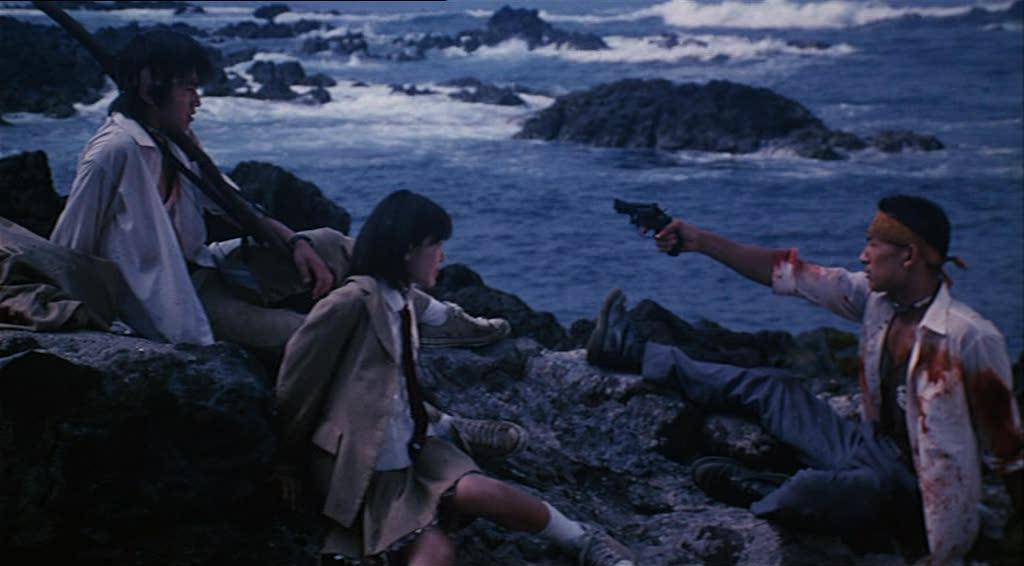
A brutal visionary of 1970s Japanese cinema, Kinji Fukasaku built his reputation on the shock and violence of his early yakuza films and only got more bold from there. Unlike most Japanese filmmakers, Fukasaku actually got his big break from working in Hollywood on a few projects, first directing the forgotten science fiction B-Movie The Green Slime and then directing a portion of the big budget war movie Tora! Tora! Tora!.
After this success and a few personal projects, Fukasaku was hired to make the yakuza picture Battles Without Honor or Humanity. Unlike the yakuza pictures that came before it, Fukasaku’s approach was raw and violent, shot with a documentary style of cinematography.
Battles became such a huge success that Fukasaku made seven sequels to the film before finally leaving to pursue other genres. He dabbled a bit in period pieces such as Shogun’s Samurai, starring Sonny Chiba, and also returned to the science fiction genre with Virus, one of the most expensive Japanese films ever made.
His biggest and most enduring masterpiece, however, did not come until 2000 with Battle Royale, a bloody science fiction film about high schoolers forced to fight to the death on an island. Not only was the movie a big hit financially but went on to influence popular series such as The Hunger Games.
18. Hiroshi Inagaki (1905 – 1980)
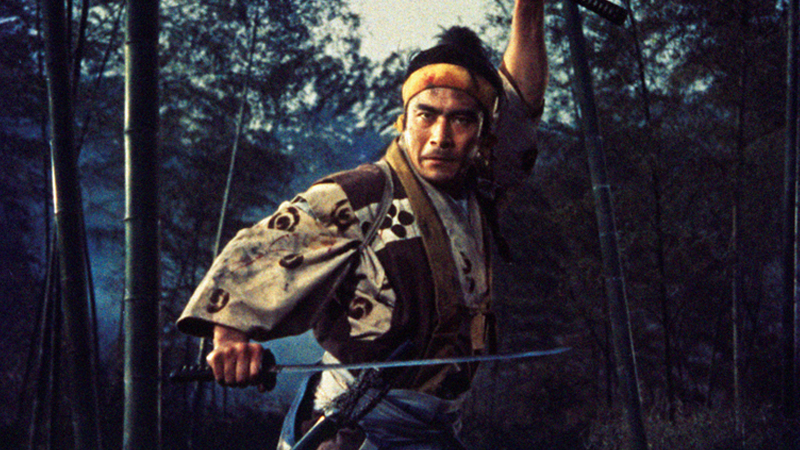
Hiroshi Inagaki was one of the great directors of jidaigeki films, period films set in feudal Japan. Starting out as an actor, Inagaki made his move to directing early on in the 1920s with silent films when he quickly became an important figure and influenced many young filmmakers.
From his start until the war, Inagaki made over 30 films, cementing him as one of the most prolific early auteurs and innovators of the craft. He continued to steadily crank out quality picture for another decade, still at the top of the field, and although many of these films are either lost or extremely hard to find, they were very popular at the time.
In 1954 Inagaki started the biggest project of his career: a samurai trilogy based on the life and works of the historical master samurai Musashi Miyamoto. The three films, Musashi Miyamoto, Duel at Ichijoji Temple and Duel at Ganryu Island, stars Toshiro Mifune as the titular swordsman whose adventures are tracked, mainly focusing on his major duels with his rival swordsmen. Inagaki’s unique mix of violent and meditative styles in these films transformed the possibilities of the genre.
Like many directors of his generation, Inagaki’s career faded over time but he still created some lasting films later in life such as Rickshaw Man and Samurai Banners.